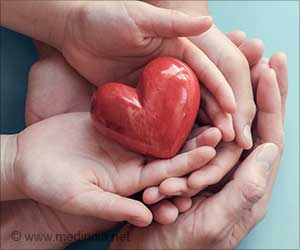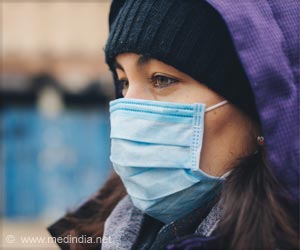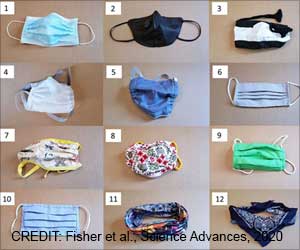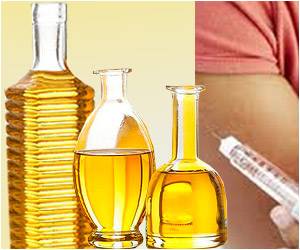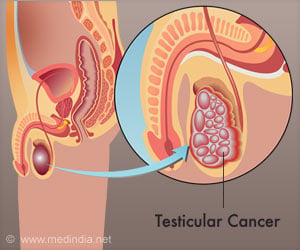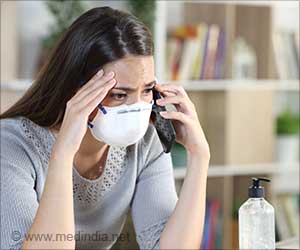FREE RADICALS AND ANTIOXIDANTS – CURRENT STATUS PART - II
DR T R RAMANUJAM M.D., C.MI.Biol (Lond)
GENERAL PRINCIPLES OF ANTIOXIDANT THERAPY
INDICATIONS FOR ANTIOXIDANTS THERAPY
CURRENT STATUS OF ANTIOXIDANTS
ANTIOXIDANTS
Antioxidants are substances whose presence in relatively low concentration significantly inhibit the rate of OXIDATION of the major targets of oxidative activity viz., cell membranes & components, proteins and other cellular constitutes.
The antioxidants that are therapeutically available are conveniently divided as;
1) Natural antioxidants (Physiological)-normally present in the body
2) Pharmacological antioxidants (Synthetic)
Within each group three categories of antioxidants have been recognized viz.,
- Antioxidant enzymes catalyzing the breakdown of Free radicals
- Preventative antioxidants (sequestration of metal ions)- those which prevent the participation of transition metal ions in free radical generation.
- Those which are Free radical SCAVENGERS (Chain breaking) Antioxidants.
Natural Antioxidants:
a) Enzyme Antioxidants-
- Super oxide Dismutase (SOD) – intracellular removes superoxide radical by speeding their dismutation.
- Catalase – intracellular removes H2O2
- Glutathione Peroxidase – Selenium containing enzyme removes H2O2 and other peroxides, regenerates ascorbate from dehydroascorbate and detoxification of xenobiotics.
b) Natural Preventive Antioxidants:
- Transferrin & lactoferrin
- Caeruloplasmin – Cu containing has ferroxidase activity, prevents Fe++ from reacting with H2O2.
- Albumin =SH- groups contribute to chain breaking antioxidants
- Ascorbic acid – potent inhibitor of lipid peroxidation (25-100 umol/L) regenerates tocopherol.
- Uric acid, bilirubin, thiols etc.
- Tocopherol (20-30 micro mol/L) – Major chain breaking antioxidant and oxides to un-reactive tocopherol radicals.
- Beta carotene – Lipid soluble – Retinol (Vitamin A) precursor synergises with tocopherol in Lipid peroxidase.
- Ubiquinol-10 – Reduced from Coenzyme Q10
- Flavonoids – fruit, vegetables & wing plays a contributory role.
- Estrogens- some activity has been detected in vitro but not in vivo.
Pharmacological Antioxidants:
a) Augmenting antioxidant enzymes
- S O D – Generated by recombinant synthesis in pharmacological doses, SOD may reduce adherence neutrophils to endothelium
- Catalase – Liposome encapsulated or PEG conjugated
b) Preventive Antioxidant
- Desferoxamine – Iron chelator – useful in Thalassemia
c) Scavenging (Chain breaking antioxidants)
- Probucol – Retards atherosclerosis, regression of Lipid deposits (Xanthlasma)
- Salicylates – NSAIDs have antioxidant and radical scavenging effects.
- Lazaroids – (21 aminosteroids) – Inhibits iron dependent Lipid peroxidation.
- Mannitol, Dimethyl sulfoxide, Dimethyl thiourea – Hydroxy radical scavengers.
- Drugs : Captoril, Beta Blockers, Calcium antagonists, cinnarizine, amiodarone, NSAIDs, Methylprednisolone etc.,
d) Xanthine Oxidase Inhibitors
- Allopurinol and Oxypurinol
Antineutrophil serum – depletes circulating neutrophils
- Antiadhesion agents – Monoclonal antibodies – CD11/CD18.


